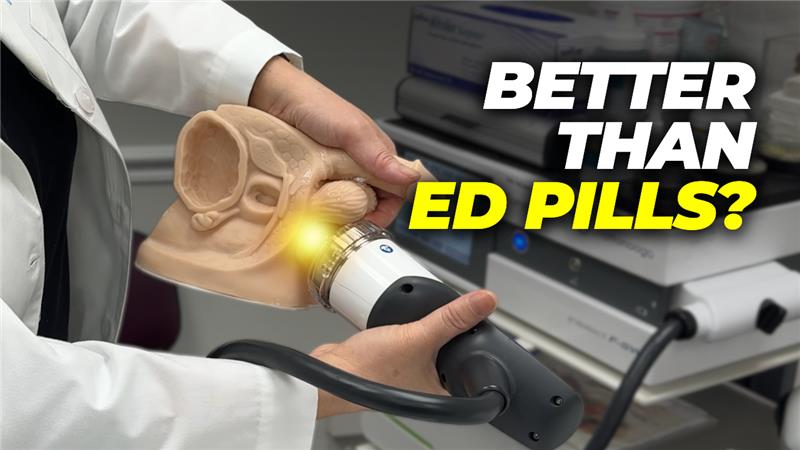Fact vs. Fiction
There are pain and limitation associated with knee osteoarthritis. It can make the simplest task, like walking upstairs or getting out of a chair almost impossible at times. Symptomatic knee osteoarthritis occurs in 10% of men and 13% of women in the United States. The rate of osteoarthritis has more than doubled since 1940. This likely accounts for the recent avalanche of knee replacement advertisements we see just about everywhere.
A study Detailing Activity and Satisfaction Following Total Knee Replacement Researchers, Baker et al, followed 99 patients who underwent knee replacement from August 2015 to December 2015. Patients identified activities most important to return to after knee replacement. Patients were contacted at 3 weeks, 6 weeks, 3 months, 6 months, and 12 months post-procedure.
Study Results:
The percentage of patients who actually returned to kneeling was only 85%, to cycling was 40%, and other sports was only 60%.
Patient satisfaction was no better. The percentage of patients who returned to a given activity but were NOT satisfied at 12 months is concerning.
Regarding kneeling, 59% of patients at 12 months post-surgery were not satisfied.
Regarding cycling, 59% of patients at 12 months were not satisfied.
Regarding sports, 40% of patients at 12 months were not satisfied.
Ouch! There seems to be a disconnect between hype and reality. Ongoing knee pain that is limiting a person’s potential to be active and partake in everyday activities doesn’t necessarily require surgery. Consider Stem Cells and Platelets Rich Plasma (PRP) as an alternative to going under the knife.
Patients 40 and over are no better off with Meniscus surgery than without
The new study focus was on comparing arthroscopic surgery and nonsurgical conservative care in patients 40 and older who had meniscus injuries. The specific outcomes that were measured included both pain and function. The result? There was no significant difference in pain or function outcomes between arthroscopic surgery and conservative care.
So what does this mean?
It means surgery was no better than no surgery in the 40-and-over age group for meniscus injuries.
This isn’t the first study suggesting knee meniscus surgery is a bad idea in middle age and beyond. In fact, we can go all the way back to 2002 when meniscus surgery was no better for knee pain for patients in this age group than a fake, or placebo, surgery.
Meniscus tears are as common as gray hair or wrinkles as we age. Even those without knee pain have the normal wear-and-tear meniscus tears that occur with aging. Knee arthroscopy is by far the most common orthopedic surgery performed today and most of these are for painful middle-aged knee meniscus tears or debridement for arthritis. So based on the aforementioned studies, why are patients allowing these surgeries to be performed? Because…most have no idea that the surgeries have little therapeutic value. It’s a careless approach to treatment.
The fact that patients don’t know that these procedures don’t work isn’t from a lack of mass media coverage.
If you are experiencing knee pain or have been advised that surgery is your only option, we encourage you to get a second opinion. Let us help! Truong Rehabilitation Center helps get patients pain-free and back to living life without ever having to experience a surgical procedure.
Contact us to find out what we can do for you!











